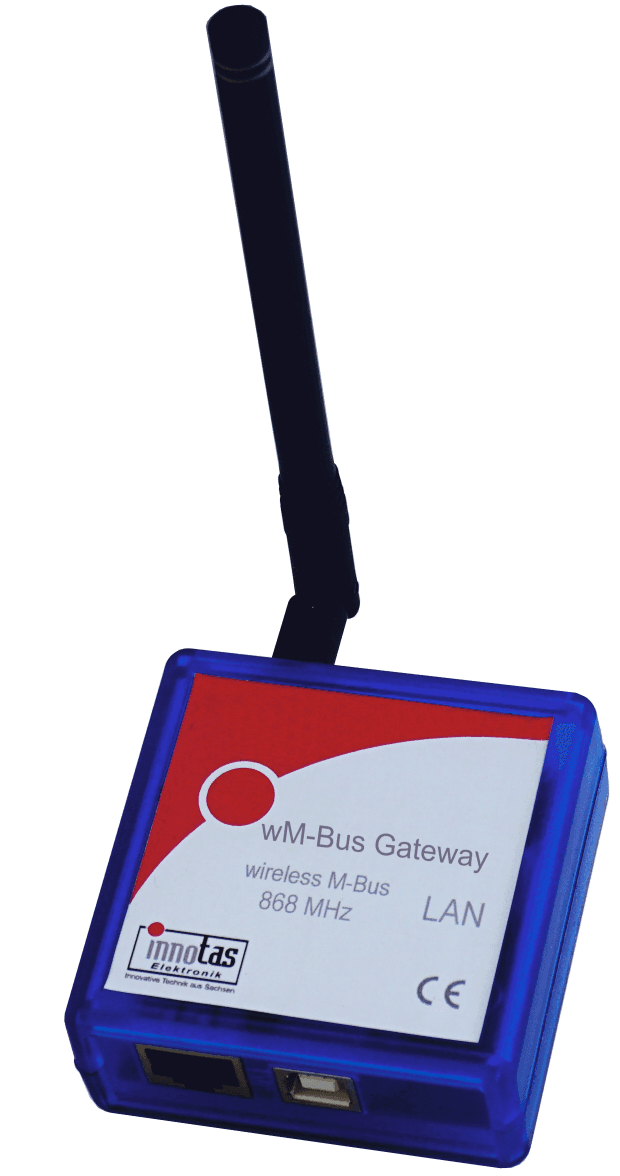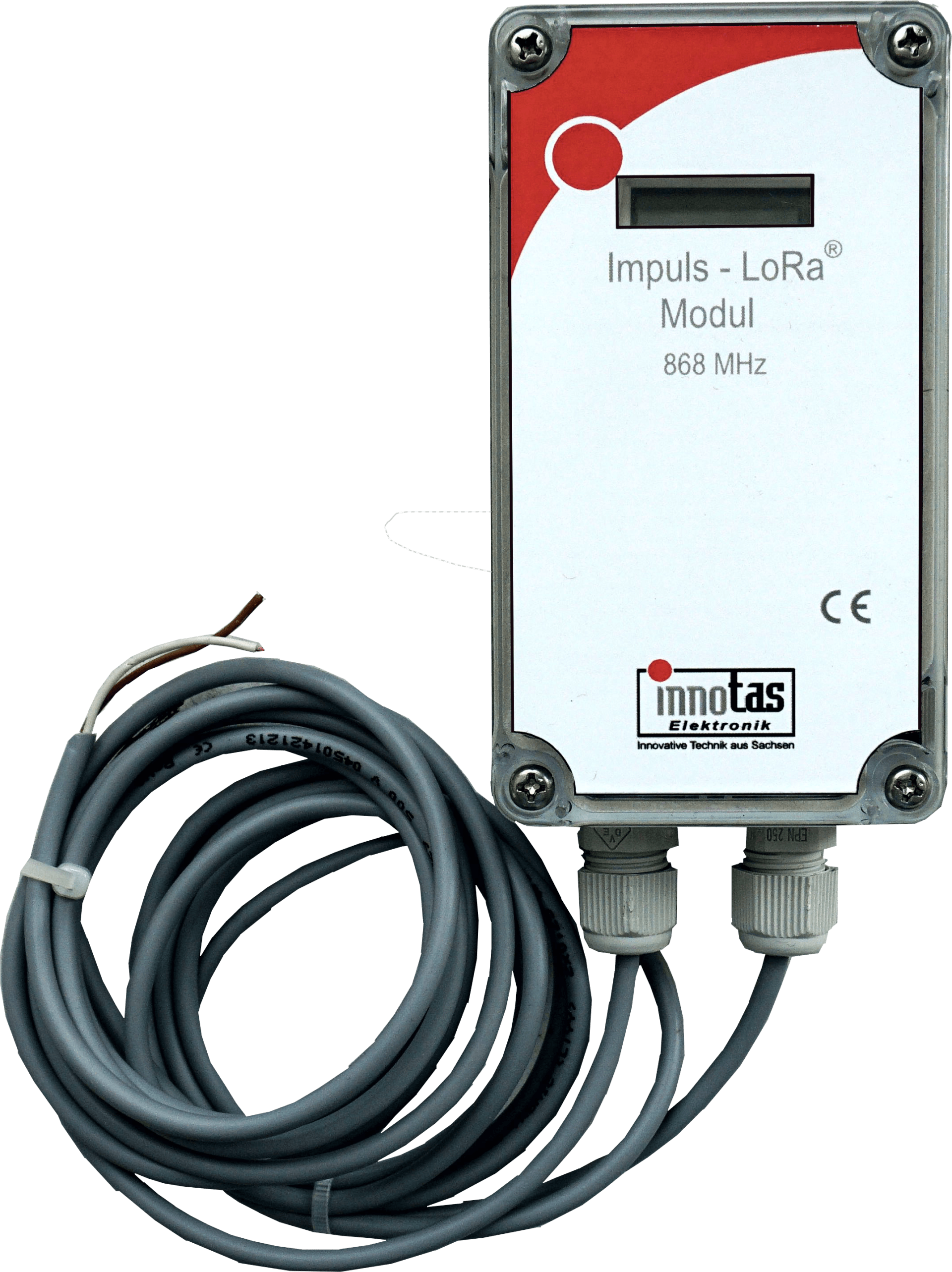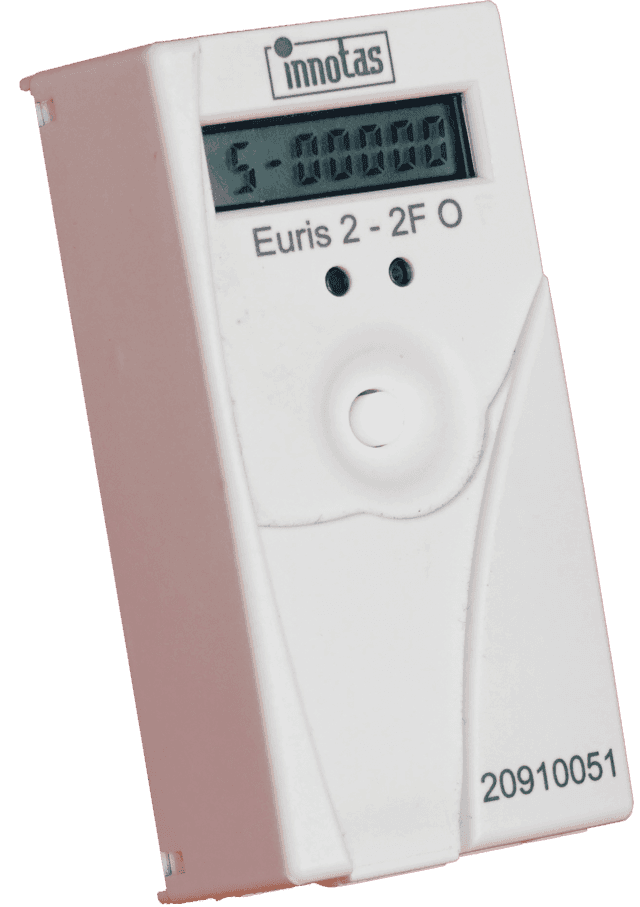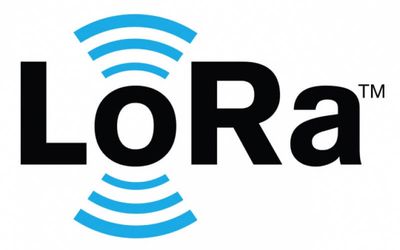- What is LoRa®?
LoRa® is a long range radio in which every binary 0 and 1 that is to be transmitted is transmitted as a frequency pattern (spreading method). Although this increases the length of the protocol and the transmission time, it can still be filtered and received as an extremely weak signal using special methods. It was developed by the Semtec company. LoRa® is suitable for the transmission of small amounts of data per unit of time.
- What is LoRaWAN®?
The IBM company has designed a network protocol specifically for wireless IoT. LoRa® was selected as a suitable transmission method, and so LoRaWAN® was created. LoRaWAN® is bidirectional and works in Class A, B and C mode. In Class A mode, the LoRa device is asynchronous to the network. In Class B mode, the device keeps in sync with the network over short synchronization windows. In Class C mode, the device is always connected to the network via radio. The energy required for operation increases from A to C, C is only possible if it is connected to the mains.
- Advantages of LoRaWAN ™
The advantage of the LoRaWAN® LongRange radio technology is that the user is not dependent on an existing reception network. The user can install and operate one or more LoRaWAN® gateways himself. A network server is required to operate your own network. The user can set up and operate the server himself with the help of free software, or he uses various network platforms such as TTN, MATCHX or LORIOT.
- Use of LoRaWAN® in metering
Since LoRa® has a much greater range and thus a much larger area coverage per receiver (gateway) in the metering area (wM-BUS) compared to previous radio technology, lower system costs are necessary. Much fewer receivers have to be installed (gateways). There is also no need to operate expensive battery-operated wM-BUS gateways, and planning and installation costs are reduced. Sample calculations show that the costs for this can be reduced to 10%. In a multi-storey residential area, it is not necessary to install several wM-BUS gateways per house entrance, but only a few LoRa gateways in the entire residential area.


location Zittau
Rathenaustraße 18a
02763 Zittau
location Wildau
Schwartzkopffstraße 1
15745 Wildau
contact
Tel. +49 3583 585878
Fax +49 3583 585880
Email info@innotas.de
© 2023 www.innotas.de | imprint | conditions | contact | Powered by Pagestreet





